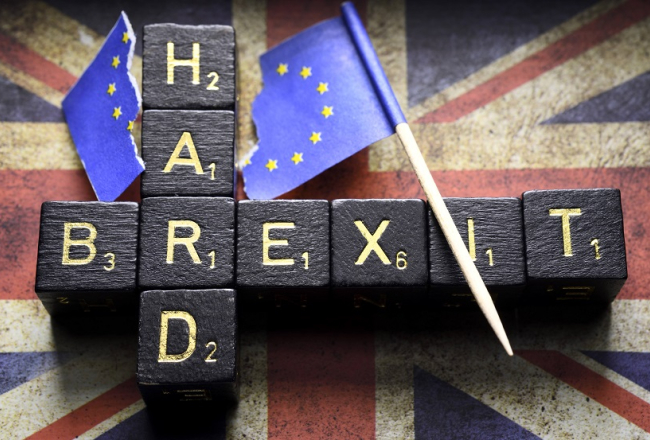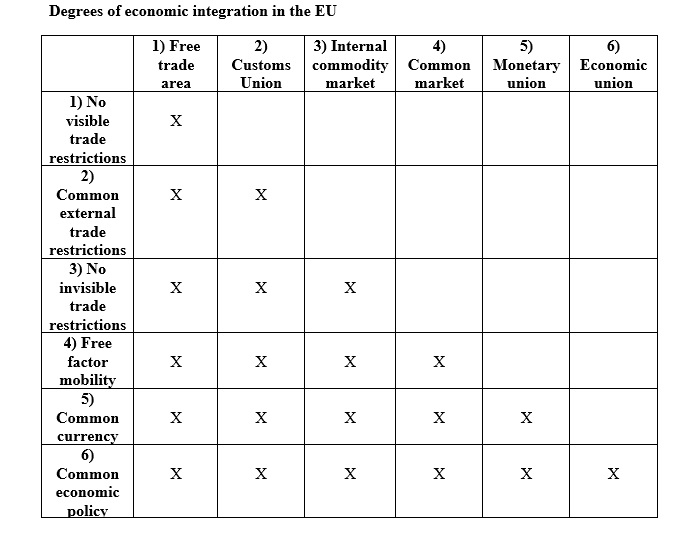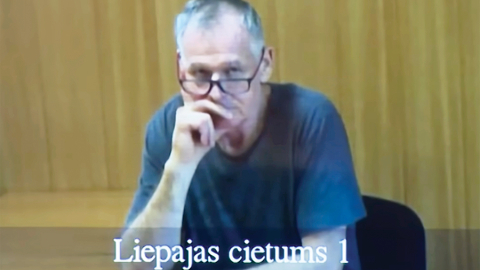
Foto: Scanpix/LETA
The Brits narrowly voted for Brexit on 23 June 2016 and perhaps – perhaps! – it will be delivered by 31 October 2019. But we still don’t know what it will look like. Hard Brexit? Deal/no deal?
A way to look at it graphically is done with the table below and should show that a Hard Brexit is a pretty daunting task.
The way to read the table goes like this: Columns further and further to the right describe deeper and deeper economic integration. The corresponding rows describe what needs to be fulfilled to achieve such a level of integration.
Britain is best described today at level 4; as being part of a Common market in the EU. It abhors level 5, the monetary union and has a permanent opt-out from the Single Currency. It possibly detests even more level 6, economic union, which, at its most extreme would imply common tax rates, pensions, social policy, etc. – a formation of a sort of United States of Europe. All countries in the EU seem against this, except possibly the French if, that is, they could impose a French version of common economic policy….














